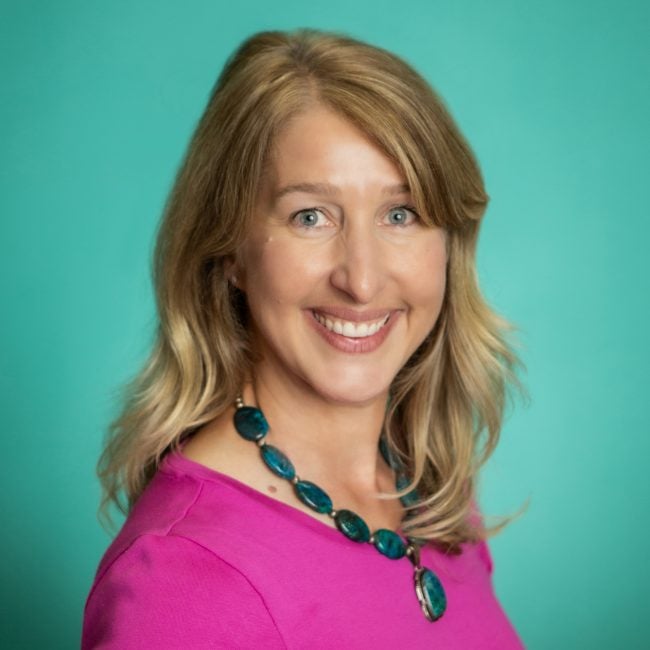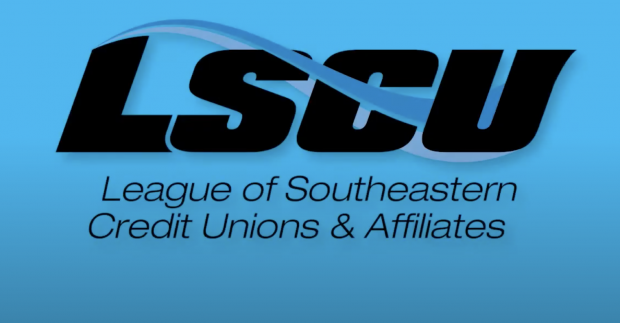 While it has become common todecry small credit union mergers, one Arizona CEO said mergershelped her institution better serve more members.
While it has become common todecry small credit union mergers, one Arizona CEO said mergershelped her institution better serve more members.
RobinRomano serves as CEO of the 7,100 member, $33 million MariSolFederal Credit Union, as well as on the board of the National Federation ofCommunity Development Credit Unions.
|Founded in Phoenix in 1954, MariSol has grown both organicallyand through mergers to its current size, Romano described, addingcommunities and cultures along the way.
|The merger growth began when MariSol, then called the MaricopaCounty Employees FCU, merged with Sun Catholic Credit Union in2002, a move which felt largely natural, Romano said.
|“They had a field of membership that had a lot of people ofHispanic origin in it already and we had a predominantly Hispanicmembership,” Romano said, “so merging the two was not toodifficult.”
|Romano said MariSol had taken care to try to maintain SunCatholic's culture and to make sure the new members felt includedin their new credit union. That meant growing the board ofdirectors from seven to nine members.
|The next merger came in 2006 when a small credit unionassociated the chapter of a local social welfare group, the Orderof Oddfellows, merged with MariSol. In 2009, the Chicanos Por LaCausa Credit Union merged in as well.
|The mergers meant that MariSol grew in members and assets andwas able to expand its ability to serve its members, Romanoexplained.
|NCUA numbers back her up.
|MariSol closed last year with a net worth ratio of 8.96%,according to credit union's call report, and a return on averageassets of 0.34%. This net worth ratio is about four basispoints below other credit unions of similar size, according to theagency's ratio analysis for the third quarter, the most recentreport that includes peer data. But MariSol's ROI is about 0.1%over the peer group during that same period.
|Further, NCUA's data shows that MariSol pulls in higher averageloan yield compared to peers: 6.89% for MariSol versus 6.12% forpeers in September 2013.
|One of those loans that has worked well for MariSol is what thecredit union has called its Quick Loan program. Launched in 2007 asa way for its members to avoid the high interest rates of paydayloans, Quick Loans come with additional features. While the loansrequire direct deposit and for the borrowers to have had a job forat least six months, the loans are paid back in three months,rather than one pay period, and carry a savings component.
|Members will take out the loan for $500, but repay $570 with the$70 going into a savings account which usually sees them continuein their savings habits, Romano said.
|“The thing is, that savings component is one of the most wellliked parts of those loans,” she said. “That $70 is a big deal forthem to attain at the end of the loan period.”
|Another program is the Pay Yourself Mortgage, a housing financeprogram that provides mortgage loans to low income members. Onemajor difference in the program is that while it requires a downpayment of between 3% and 5%, it does not carry any mortgageinsurance.
|Instead, MariSol charges a premium of 75 basis points of theloan which the borrower pays into a savings account and cannotwithdraw for five years. After five years, borrowers can take outup to 50% to help make some substantive repair and remodeling tothe property. After 1- years, borrowers are able to access the fullamount.
|“It means we accept some of the risk the mortgage mightdefault,” Romano said, “but we solidly underwrite the loans, andwhen compared to the 1.25% that mortgage insurance often costs,ours is a really pretty good deal.”
|Romano noted that the credit union works with a lower incomehousing organization that helps lower income members raise the downpayment needed and that, should the loan default, the MariSol hasaccess to the savings account to help defray any losses the creditunion might face.
|The program's performance last year appeared to justify Romano'sconfidence as well. According to MariSol's call report, thecredit union finished out 2013 with 28 mortgage loans on its booksworth roughly $2.6 million, but had none of the loans post asdelinquent or charged off.
|MariSol does carry one foreclosed property on its books worthjust over $18,000.
Complete your profile to continue reading and get FREE access to CUTimes.com, part of your ALM digital membership.
Your access to unlimited CUTimes.com content isn’t changing.
Once you are an ALM digital member, you’ll receive:
- Critical CUTimes.com information including comprehensive product and service provider listings via the Marketplace Directory, CU Careers, resources from industry leaders, webcasts, and breaking news, analysis and more with our informative Newsletters.
- Exclusive discounts on ALM and CU Times events.
- Access to other award-winning ALM websites including Law.com and GlobeSt.com.
Already have an account? Sign In
© 2024 ALM Global, LLC, All Rights Reserved. Request academic re-use from www.copyright.com. All other uses, submit a request to [email protected]. For more information visit Asset & Logo Licensing.









